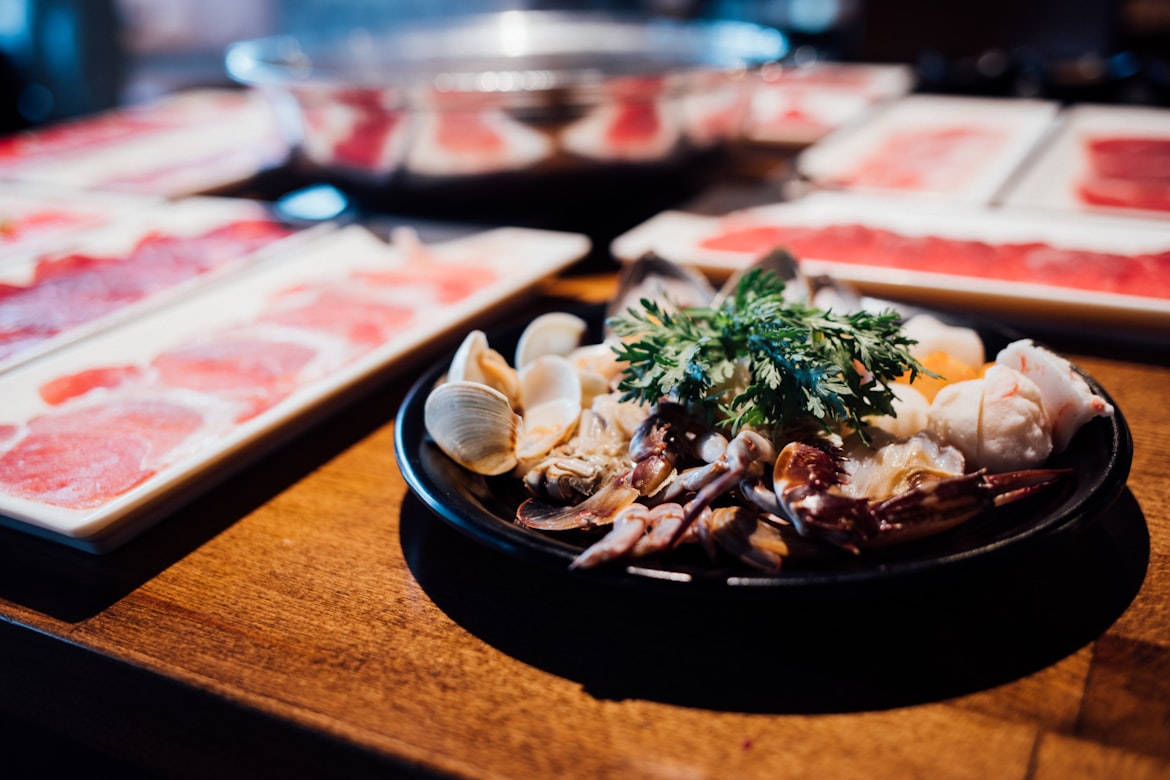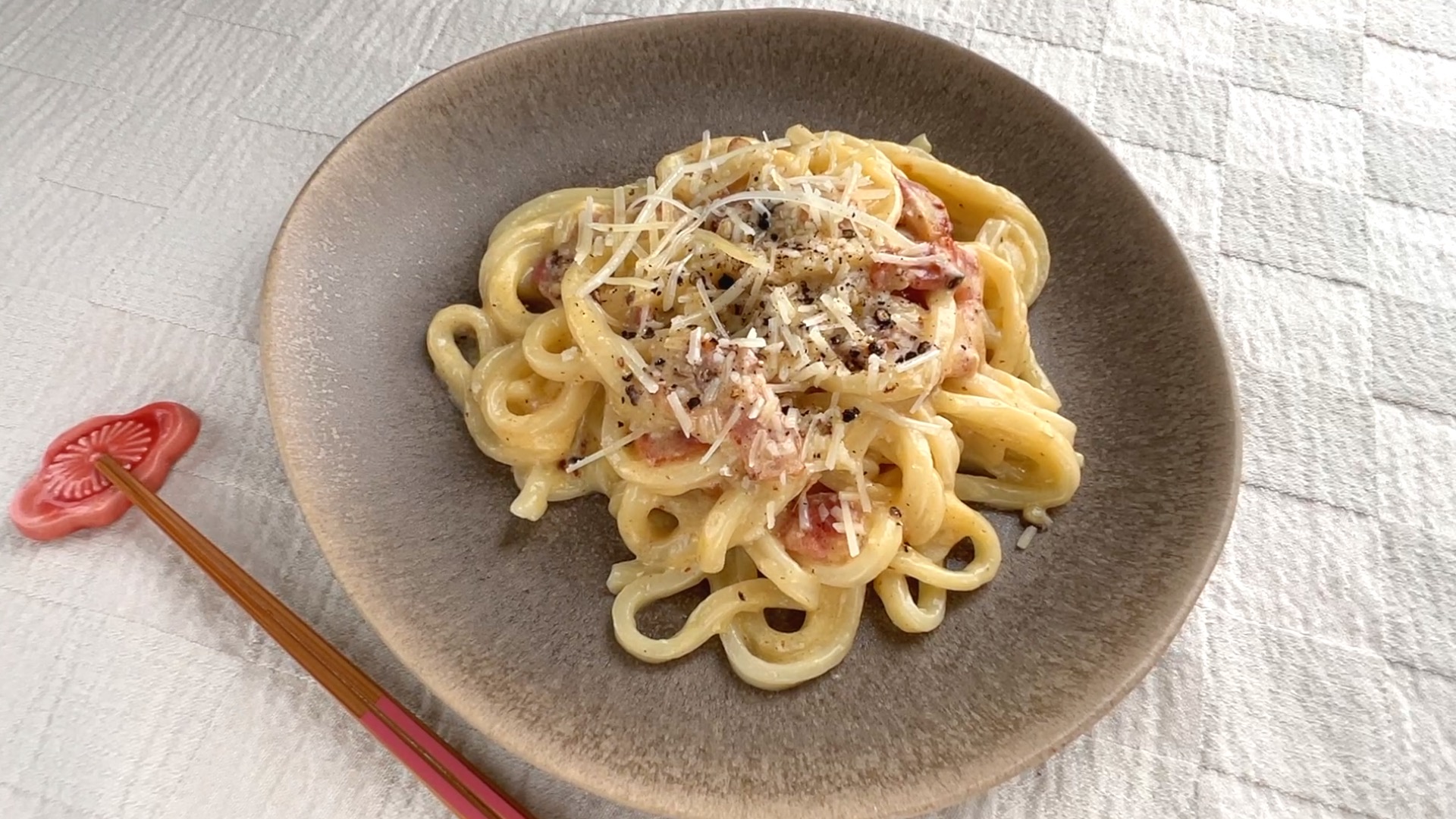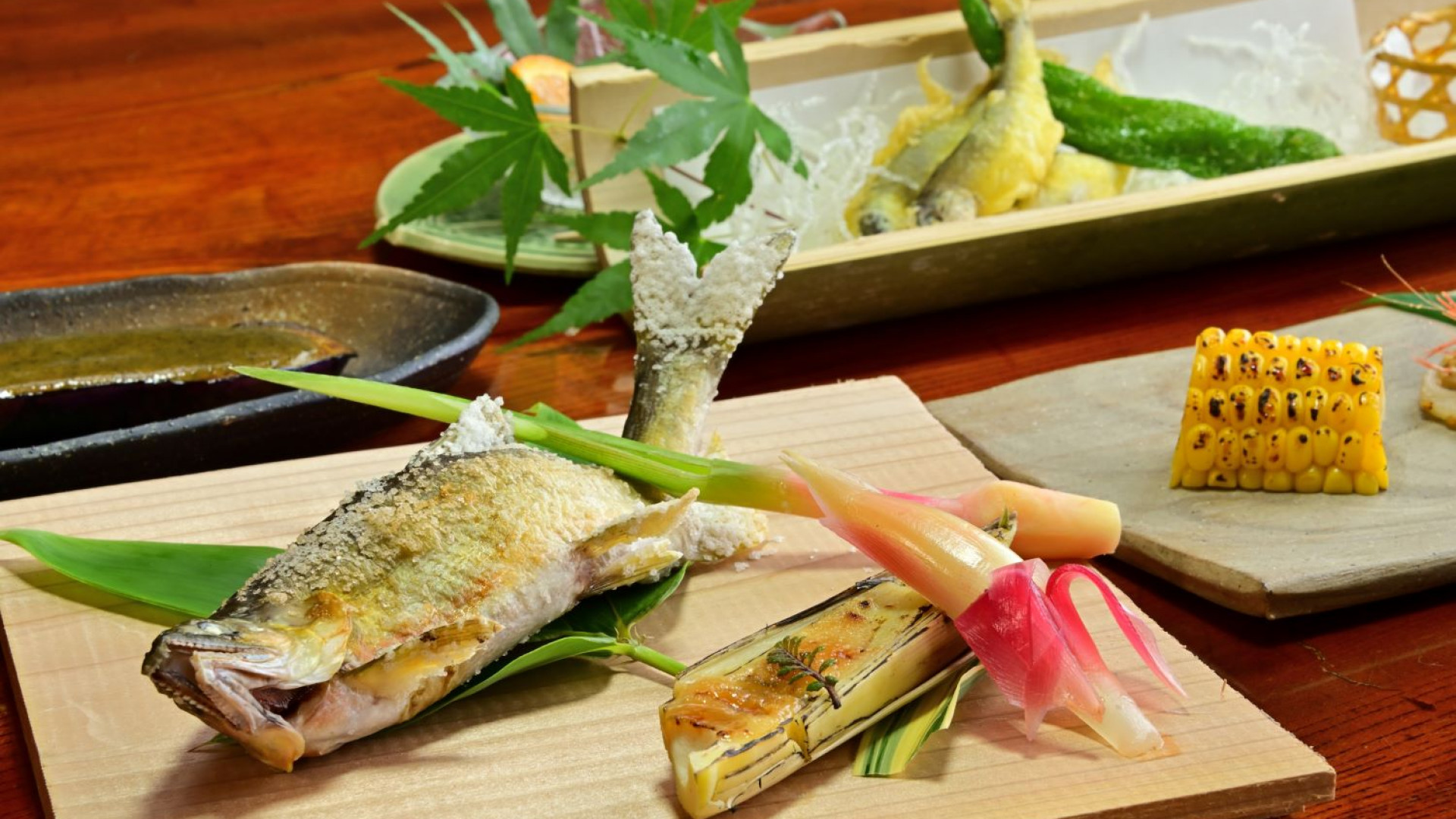Embark on a culinary journey into the heart of Japan’s delectable treats with “Kuri Dorayaki,” a delightful chestnut pancake treat that combines traditional flavors with modern twists. This cherished sweet takes the classic dorayaki—a popular Japanese confection—and infuses it with the rich, nutty essence of chestnuts. Join us as we explore the origins, cultural significance, and the emerging food trend surrounding Kuri Dorayaki.
Origins of Kuri Dorayaki
Dorayaki Heritage
Dorayaki, a traditional Japanese dessert, consists of two fluffy pancake-like cakes filled with sweet red bean paste. This beloved treat has a long history, with its origins tracing back to the Edo period. Over the years, dorayaki has become a staple in Japanese confectionery, cherished for its simple yet comforting combination of soft cakes and sweet filling.
Chestnut Infusion
Kuri Dorayaki elevates the classic dorayaki by incorporating chestnuts into the batter, adding a distinctive flavor and texture. The chestnuts are often finely ground and blended into the pancake mixture, infusing the cakes with a nutty essence that complements the sweetness of the red bean paste.
Cultural Significance of Kuri Dorayaki
Seasonal Celebrations
The introduction of chestnuts into dorayaki aligns with Japan’s rich tradition of celebrating seasonal ingredients. Chestnuts are a quintessential autumn delicacy in Japan, and Kuri Dorayaki emerges as a seasonal delight, capturing the essence of fall in a delectable confection.
Chestnuts in Japanese Cuisine
Chestnuts, known as “kuri” in Japanese, hold cultural significance beyond the realm of confectionery. They are featured in various savory and sweet dishes, symbolizing abundance and prosperity. Kuri Dorayaki, with its infusion of chestnuts, becomes a harmonious blend of tradition and innovation.
Food Trend: Kuri Dorayaki Renaissance
While dorayaki has long been a beloved treat, the infusion of chestnuts into this classic confection represents a modern renaissance, with chefs and enthusiasts alike exploring the potential of Kuri Dorayaki in various culinary creations.
Artisanal Bakeries
Artisanal bakeries, renowned for their innovative takes on traditional treats, are at the forefront of the Kuri Dorayaki trend. These establishments experiment with high-quality chestnuts, incorporating them into the pancake batter to create a unique and elevated version of the classic dorayaki.
Chestnut Collaborations
Collaborations between confectioners and chestnut producers have resulted in Kuri Dorayaki featuring premium chestnut varieties. These collaborations emphasize the use of locally sourced, top-quality chestnuts, elevating the overall flavor profile of the sweet treat.
Chestnut-Infused Menus
In response to the growing popularity of chestnut-infused confections, some dessert-focused eateries have dedicated entire menus to chestnut treats, with Kuri Dorayaki taking center stage. This trend allows patrons to indulge in a variety of chestnut-infused delights in a single culinary experience.
Where to Experience Kuri Dorayaki Delight
For those eager to savor the rich flavors of Kuri Dorayaki and explore the emerging trend, various culinary destinations offer opportunities to experience this chestnut-infused treat.
Traditional Confectioneries
Visit traditional Japanese confectioneries, particularly those with a reputation for crafting exceptional dorayaki. These establishments often introduce seasonal variations, and during the autumn months, Kuri Dorayaki may take the spotlight.
Specialty Bakeries
Explore specialty bakeries that focus on Japanese-inspired pastries and sweets. These establishments frequently feature innovative dorayaki creations, showcasing the fusion of traditional pancake treats with contemporary flavors.
Seasonal Festivals
Attend seasonal festivals or events dedicated to chestnuts or traditional Japanese sweets. Such gatherings often feature vendors offering unique variations of dorayaki, providing an opportunity to taste Kuri Dorayaki in a festive and communal atmosphere.
Embracing Kuri Dorayaki: A Chestnut-Infused Delight
In conclusion, Kuri Dorayaki invites us to savor the harmony of chestnuts and sweet red bean paste, blending tradition with a contemporary twist. Whether enjoyed in the cozy ambiance of a traditional confectionery, discovered in a modern bakery, or celebrated at a seasonal festival, each bite of Kuri Dorayaki is a testament to the evolving trends that make Japanese confectionery a dynamic and delightful experience. So, let the chestnut-infused magic of Kuri Dorayaki be your guide into the heart of Japan’s culinary heritage, where tradition and innovation dance in perfect harmony.…






